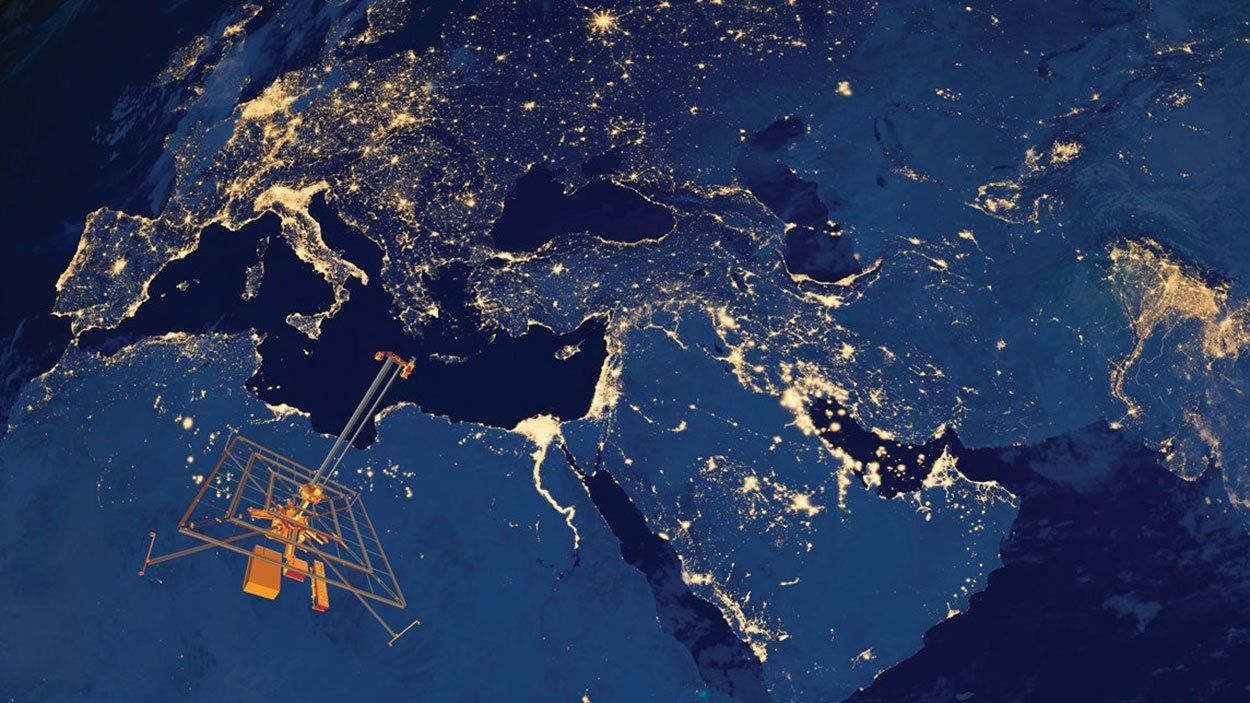Before the reporters covering the Panasonic World Solar Challenge were released into the wilds of Australia, a safety officer sat them down and delivered a rapid-fire set of instructions: Remember to constantly refuel. (You might find yourself stranded 300 kilometers from the nearest town.) Don’t scramble around in the brush. (Australia is home to 12 of the world’s deadliest varieties of snakes.) Don’t drive at night. (You might hit a kangaroo.)
Associate Editor Sandra Upson [above], preparing for her solo trek across the continent, began to wonder whether it was such a good idea after all [see "Across the Outback on Photons Alone," in this issue]. Sure, no one knew which of the solar cars would successfully reach Adelaide, 3000 km away. But would she get that far? Mildly terrified, she stopped by a grocery store to pick up a dozen cans of Red Bull.
She didn’t need them. During her drive through the vast empty spaces of the outback, the sight of a grazing emu or, inexplicably, a cross-country bicycle rider helped ward off drowsiness. Then there were the dead kangaroos, mostly roadkill, and the large vultures that flapped languidly above the bodies.
Travelers who find baby kangaroos, or joeys, in the pouches of their fallen mothers take them to a rescue center run by Chris ”Brolga” Barns, in the oasis of Alice Springs. He rears them until they’re old enough to return to the wild, supporting the effort with donations from tourists, who line up to hold sleeping kangaroos for AU $5 a hug.
As Barns explains it, it’s all for the best in this, the harshest of all worlds. Exhaust fumes from cars driving through the arid landscape leave traces of moisture, and those droplets support the growth of vegetation, which in turn attracts animals to the shoulder of the highway. Upon meeting a clan of solar racers, Barns praised their vehicles for their kangaroo-friendly lack of emissions.
